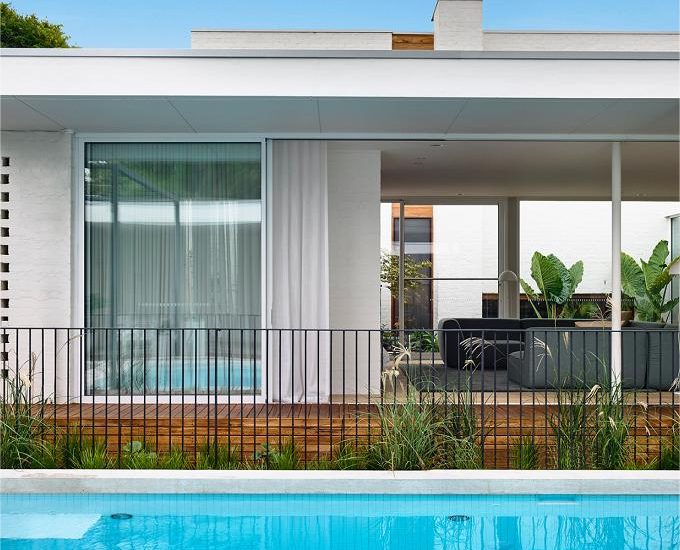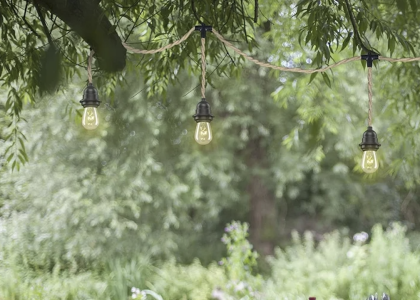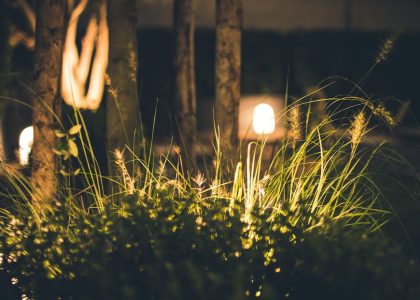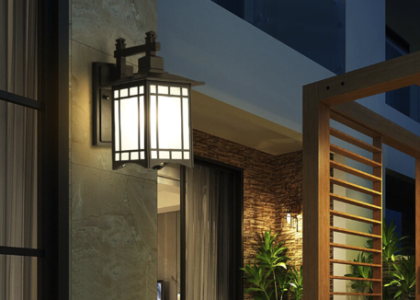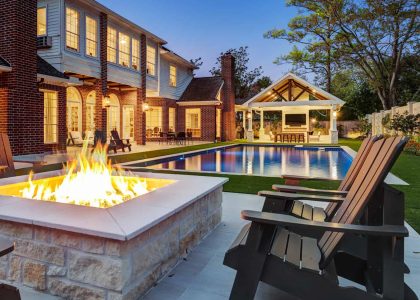When designing gardens, some friends, because they do not understand the design of gardens, are still taken away by the designer even if they have their own ideas. The final result is that the gardens built are not satisfactory. This is the result of not understanding the steps of garden design and not fully considering your own needs. In this case, the editor will share with friends the steps of designing a private villa garden.
Step 1
Planning courtyard space: Friends can set up different partitions in the garden according to their own needs. Plant viewing areas, sofa seating areas or lawn play areas for children, and even pet play areas should be considered before construction. In this case, a vertical green landscape belt can be established, with the end as the end point, and two leisure areas for the garden owner to rest in the longitudinal direction. It is best to embellish the landscape belt with sculptures, iron flower stands, flower paths, flower beds, etc., to achieve the visual effect of moving scenes, and divide the various areas of the garden reasonably.

Step 2
Planting Design: Plant dividers around the garden are very important, they provide privacy for the garden. In the central landscape area, annual flowers and perennial flowers can be used to create a rich and beautiful landscape effect.

Options for pot planting in different areas of the garden: Larger trees can be planted in the corners of the garden to provide shade for the courtyard. Then interspersed with dense medium-sized trees and large shrubs, which not only connects the levels, but also further seals the entire enclosed space. Plants in the basic isolation area can choose evergreens and climbers.

When choosing plants, you should also consider the garden style, such as European classical style gardens, try to choose flowers of the same color to prevent disturbing people’s sight and achieve an elegant and comfortable effect. The garden style might as well use more ornate flowering plants for a romantic visual effect. Oriental meditation style gardens should choose more evergreens and less flowers.

Step 3
Enclosure and paving: All gardens must pay attention to the design of the enclosure, because the quietness of the garden must be achieved by the enclosure of fences, solid walls, climbing plants, etc. In gardens, the use of hard materials (partitions, outdoor furniture, paving) is often the key to determining the style of garden design. In some classical European gardens, natural old bricks, cast iron furniture and planters are the keys to success.

Step 4
Add water features: From a garden design standpoint, water features energize the garden space, while the sound of the stream allows people to release their mind and body. Chinese people pay attention to feng shui, and water features have the meaning of making money in the yard.

Step 5
Design focal scenes: The focal scene refers to the visual focus of people in the garden. General focal elements are water features, sculptural pieces, colour and shape specific walls, plants, seating, etc. The principle of choosing a focal scene is not to set too many focal points in the garden, which will create visual clutter, the massing should be in line with the proportions of the overall space, and the materials and styles should be as uniform as possible.



